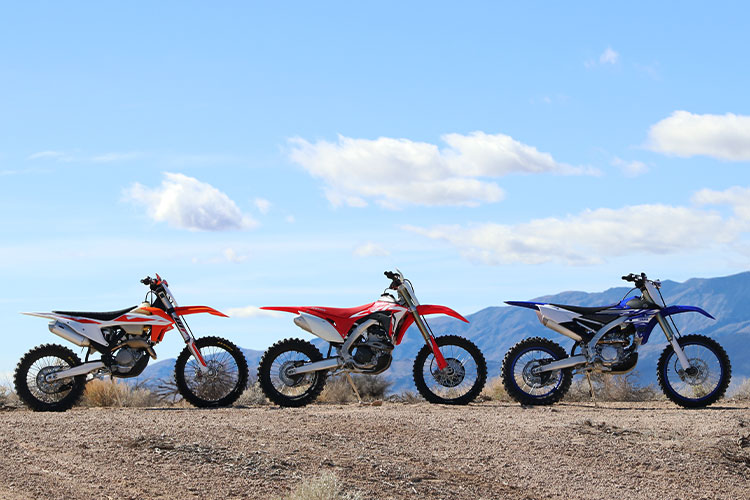 Three Ways Of Doing The Same Thing
Three Ways Of Doing The Same Thing
Photos by: Gabe Adams, Drew Ruiz, Heather Lewis, Jimmy Lewis
With racing in Grand National Cross Country (GNCC), Hare Scrambles (HS), Grand Prixs (GPs) and Sprint Enduro growing in popularity, the off-road/cross country racing community has grown considerably with three brands bringing a motocross inspired bike, with off-road specific modifications, into the competition ring. In addition, there has been a demonstrated need for a mid-sized bike for the younger generation or the smaller riders out there. The 250Fs in this comparison have found a place–just like at the motocross track.
Not too long ago, the only option was to take a motocross bike and try convert it, with all the unfortunate compromises. Now, these bikes come stock with features focused on off-road racing, including some components which are very difficult for the aftermarket to produce. As a bonus, these bikes have just enough features to make them better for more than just racing, they also carry over well into aggressive trail riding.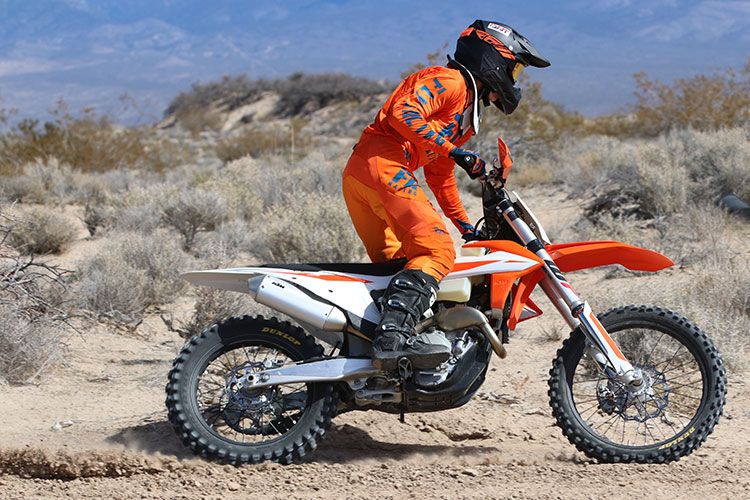
The Honda CRF 250RX (link to first impression here) is the newest player in the game taking the very recent double overhead cam, (DOHC), engine and combining the chassis, tuning and off-road parts from the CRF450RX. The Yamaha YZ250FX (link to first impression here) is slightly updated and at this point a generation behind the all-new 2019 YZ250F. KTM gives the 250XC-F all the changes that the 250SX-F gets but adds the dedicated cross country, (XC), package for which it set the standard in taking the motocross bike and successfully converting it for off-road use. Parts including oversized gas tanks, specific ECU tuning, specific suspension settings, kick stands and 18-inch rear wheels are found on all the bikes.Electric starting is standard as that has even transcended over to the MX machines these days. Skid plates and handguards are found on some and but are not standard on others. And transmission ratios among the bikes seem to be a spot of some disagreement. More about this in the Power section. But all in all these machines are all ready to hit the starting line right from the dealer’s floor. The question is which one is the best one for you? They are all good but they are all different.
 Power
Power
There are three characteristics, or flavors, in the power department. And depending on how you want your horsepower served will determine the more suitable brand. The CRF sits in the middle of the other two with a very well-rounded powerband that does not kill it either on top or on the bottom. Unless you don’t ride the other two brands and you would be hard pressed to find any faults in the serving. It has impressive torque and pull from a motor that is kicked around on the motocross track for not having enough low end. But off-road, low end starts way lower in the RPMs and here the CRF is not too shabby. The build is progressive, and revs for a long time but it also revs quickly, especially in the aggressive or #3 map. The bottom end torque is really aided in map #2. One issue is switching between them takes basically coming to a stop to switch. If there is fault in the top end it is that the CRF will run into the rev limiter a little too easily without much sign-off or warning. Honda also has start maps if you have live engine race starts with three different mappings. They work, but we feel this feature is not so necessary for this particular bike.
Yamaha has the bottom and mid-range engine. It kills the KTM and lifts its nose a little at the Honda for sure, especially in places where you want roll-on and pick up without using the clutch. Then when you snap the throttle, the YZ jumps with authority and never feels like it bogs or hesitates and is the last bike to need a downshift. But it does need an upshift because when compared to the other two, the top end power signs off a bit early. It is a progressive sign-off before a solid rev-cut but if you feel this you should have already made a shift. That isn’t to say it is slow, weak, or lacking power, it it feels great until it is compared to the other two bikes. With the Yamaha Power Tuner you can change this feel quite a bit, and we did, with some simple changes. We even tamed the bottom a little as well as enhanced the delivery up top in our mapping changes. But once the map is in, you can’t change it on the fly.
 The KTM is the horsepower king for sure. It proves it every time you get the Revs up in the spread and have the throttle opened up. But getting there can be a little bit of a chore. Like the Honda it has good torque and pull but it just does not respond and go like the YZ at lower RPMs. It prefers a downshift and RPMs to make things happen. Once revving, the power is linear and always building with a top end that has workability all over the place, and resists going quickly into the rev limiter. It pulls to the highest top speed, 85 MPH compared to 77 MPH for the other two when going into a headwind. But don’t take this number to the bank so quick. This speed was in fifth gear (in a six-speed box) and it went 94 MPH downwind in sixth. All dirt bikes have a very high aerodynamic drag. The KTM also has a two map switch with traction control options on each map. It is easily switched, on the fly, and both maps are good, one more low end focused and the other #2 is aggressive more so on top. But in reality we’d like the bottom portion of map #1 and the upper portion of map #2 please.
The KTM is the horsepower king for sure. It proves it every time you get the Revs up in the spread and have the throttle opened up. But getting there can be a little bit of a chore. Like the Honda it has good torque and pull but it just does not respond and go like the YZ at lower RPMs. It prefers a downshift and RPMs to make things happen. Once revving, the power is linear and always building with a top end that has workability all over the place, and resists going quickly into the rev limiter. It pulls to the highest top speed, 85 MPH compared to 77 MPH for the other two when going into a headwind. But don’t take this number to the bank so quick. This speed was in fifth gear (in a six-speed box) and it went 94 MPH downwind in sixth. All dirt bikes have a very high aerodynamic drag. The KTM also has a two map switch with traction control options on each map. It is easily switched, on the fly, and both maps are good, one more low end focused and the other #2 is aggressive more so on top. But in reality we’d like the bottom portion of map #1 and the upper portion of map #2 please.
 So here is where the gearbox comes into play with three different philosophies. Honda has the motocross five-speed with no changes. For 90% of the time this is OK and mostly we missed a sixth speed for higher speed or to let first be a little lower and have more gears for each condition. Yamaha nails it with a perfect gear spread that goes plenty slow and low in first and runs to the top of the power in sixth. Evenly spaced and gets the job done. KTM has a great 1-5 gear spacing and an overdrive-like 6th. This allows either downhill valleys or roads to be an advantage or more likely a “transfer section” cruising gear. Either way, we liked it.
So here is where the gearbox comes into play with three different philosophies. Honda has the motocross five-speed with no changes. For 90% of the time this is OK and mostly we missed a sixth speed for higher speed or to let first be a little lower and have more gears for each condition. Yamaha nails it with a perfect gear spread that goes plenty slow and low in first and runs to the top of the power in sixth. Evenly spaced and gets the job done. KTM has a great 1-5 gear spacing and an overdrive-like 6th. This allows either downhill valleys or roads to be an advantage or more likely a “transfer section” cruising gear. Either way, we liked it.
All of the clutches took our abuse even in demanding sand track conditions. Shifting was good on all. Intake noise is a standout on the Yamaha where some liked it and some hated it. The Honda has a loud exhaust note to most riders through the dual mufflers.
Which is best? Low end, top end, or a blend. You will need to decide depending on your riding skill and experience.
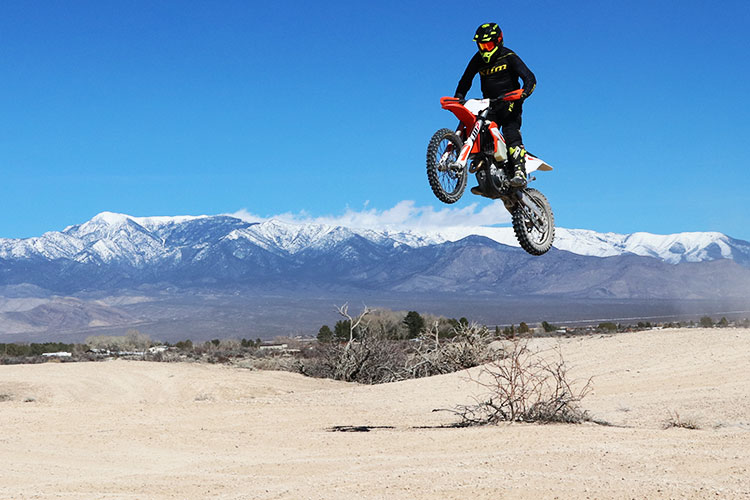 Suspension
Suspension
Getting a proper, workable, off-road racing suspension setting is a tough game. A setting for roots and rocks is different than whoops and jumps. There has to be a balance and a compromise for all sections of a race course, where a bike may work good in one area but not in another. Luckily with courses getting rougher, and more motocross, (stiffer), settings becoming standard, there isn’t so much of a disparity between brands. But along with this there is now a distinct difference between a racing bike like these and bikes focused on trail or singletrack.
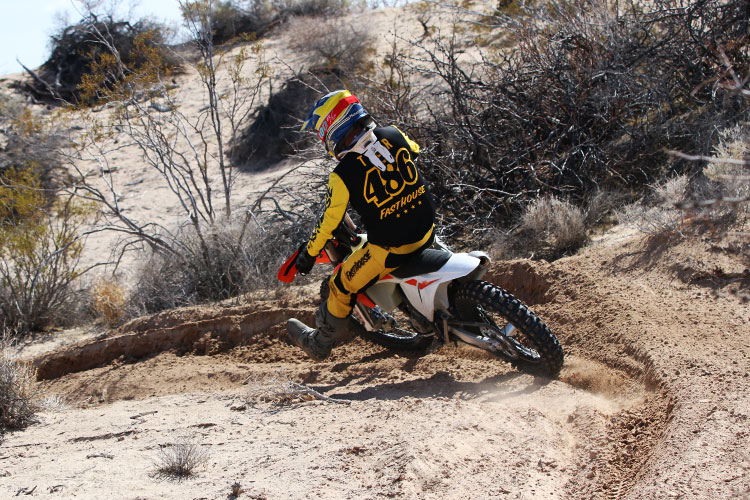 The KTM rides in the middle in this group. It can be set up soft to match the Yamaha but never seems to quite match the blue bike in the important bottoming resistance. Strange, since that was one the best feature of an air fork, which is exclusive to the KTM. The KTM air fork is very adjustable we might add, though we found little reason to mess with it beyond slightly altering the air pressure for larger riders. There is also the light feel of the KTM affecting the initial bump compliance a little bit and not in a good way, the XC-F almost dances like a two-stroke and changing the suspension does not alter this feel much. We’d like just a little more progressive action for out west, or higher speed and the ever present rock bumps, but in tight and technical sections the bike is just fine. The XC-F got along the best in spring rates for the lighter riders especially since the fork was so easily “sprung down” with lower air pressure. Taking out spring preload on the shock was effective in getting the proper ride height for those under 160 lbs.
The KTM rides in the middle in this group. It can be set up soft to match the Yamaha but never seems to quite match the blue bike in the important bottoming resistance. Strange, since that was one the best feature of an air fork, which is exclusive to the KTM. The KTM air fork is very adjustable we might add, though we found little reason to mess with it beyond slightly altering the air pressure for larger riders. There is also the light feel of the KTM affecting the initial bump compliance a little bit and not in a good way, the XC-F almost dances like a two-stroke and changing the suspension does not alter this feel much. We’d like just a little more progressive action for out west, or higher speed and the ever present rock bumps, but in tight and technical sections the bike is just fine. The XC-F got along the best in spring rates for the lighter riders especially since the fork was so easily “sprung down” with lower air pressure. Taking out spring preload on the shock was effective in getting the proper ride height for those under 160 lbs.
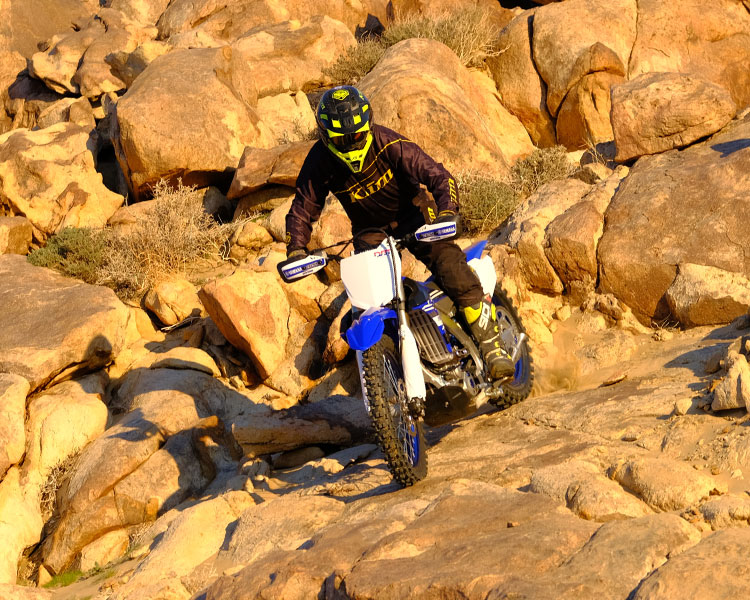 The CRF comes in on the stiffer side, especially on the fork, with a comparatively light spring on the rear of the bike. Not unbalanced, but mixed in preload feel till we started putting heavier riders on the bike and then that took a lot of spring preload to keep the ride height in the 105mm area. Overall, it is a great setting for faster conditions for sure and the more moto the riding the better the CRF works. For tighter and more technical riding the damping can be a bit on the stiff side but luckily the clickers make a notable change when needed. Especially on the fork. We also noticed the bike to be sensitive to high speed compression which affected mostly the handling or how high the bike rode in the rear when coming into turns. The compression seem to affect this condition more than the rebound damping. For lighter riders a lighter fork spring might be needed, and heavier riders might need a stiffer shock spring, but those aggressive riders in the 160-pound range are in a good place.
The CRF comes in on the stiffer side, especially on the fork, with a comparatively light spring on the rear of the bike. Not unbalanced, but mixed in preload feel till we started putting heavier riders on the bike and then that took a lot of spring preload to keep the ride height in the 105mm area. Overall, it is a great setting for faster conditions for sure and the more moto the riding the better the CRF works. For tighter and more technical riding the damping can be a bit on the stiff side but luckily the clickers make a notable change when needed. Especially on the fork. We also noticed the bike to be sensitive to high speed compression which affected mostly the handling or how high the bike rode in the rear when coming into turns. The compression seem to affect this condition more than the rebound damping. For lighter riders a lighter fork spring might be needed, and heavier riders might need a stiffer shock spring, but those aggressive riders in the 160-pound range are in a good place.
The most versatile suspension in this grouping is on the Yamaha. We would call it the softest but it is also the best when bottoming. It was the one bike where everyone felt comfortable right away, no matter the speed of the riding or the type of terrain. The suspension feels more plush and at the same time like the damping almost knows if the bump is big or small. It feels like it has just the right progression so it can blow into the stroke when needed and stay stiff and hold up when it has to. Bottoming is infrequent and controlled when it does, the YZ has an extra cushion that even the Honda does not have.
Simply put the Yamaha works everywhere for everyone. The KTM was favored by lighter riders while the heavier folks liked the Honda. But we did not have any real complaints about the way any of the suspension worked and with time, almost every rider felt they would be happy riding or racing on any of these setups.
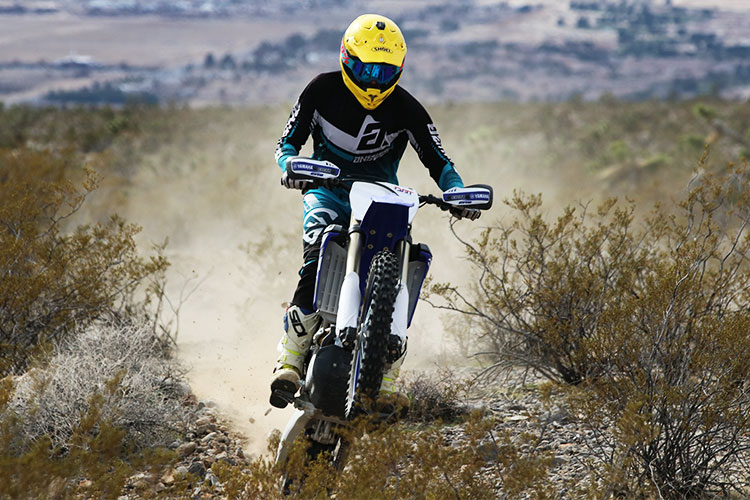 Handling
Handling
Finally, the scale and the feel on the bike match up in the weight and sensation of riding the KTM. Lightest on the scale at 238.5 pounds full of gas it also is the thinnest, most flickable and agile in the comparison. We’d say by a long shot, but that would be unfair since the other two bikes feel very nimble despite what the scale says. The price for XC-F nimbleness is that it sometimes is not the most stable feeling bike and is not as well planted and connected to the ground as the other two bikes. It is bordering on all the pulses of being super light and suffering some of the negatives too. Changing the ride height helps stability a little but not as much as we would have thought or liked. Remember the bike is not unstable, just less stable feeling than the others. It will stay straight in bumps and chop, but it will dance just a little bit when doing this.The trade off is, when called upon, effortless turning and sliding. The bike falls into turns and takes little effort to change directions. In the turns it is easy to control with a roomy rider position, and the ability to get really far forward on the bike when compared to the red and blue machines as the front section (fuel tank area) appears much more narrow.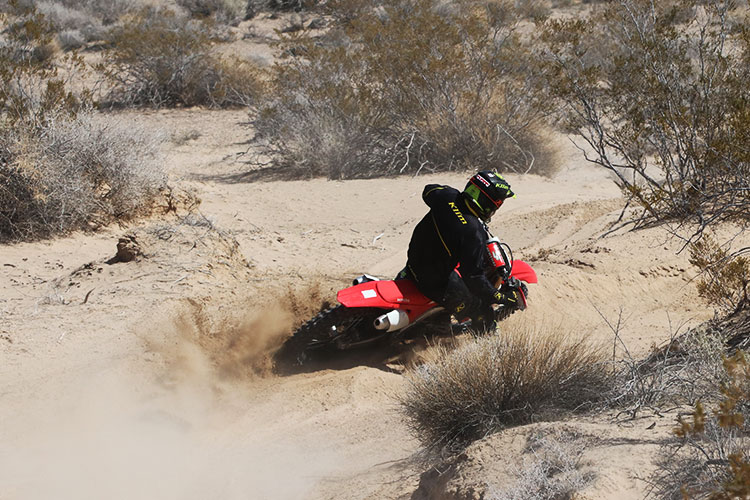
Yamaha fits right in the middle and did not draw and complaints about any particular area other than being called wide in the front. It is the most planted to the ground and since the suspension is so good this is a great feeling. Just enough ground to let you know what the bike is doing and not enough so that it ever feels sluggish. But there is a certain weight in the handlebar that neither of the other two bikes poses. It just takes a little more effort to turn the bars if you steer that way but this also gave the riders, especially smaller riders a feeling of stability. It acts like there is a little more weight on the front wheel and with that comes great steering. If anything the YZ resists sliding more than the others. The layout is roomy and the controls are all adjustable to fit most.
The Honda also has a wider look and that transferred to a wider feel for some as well. But the bike still handles like a lighter bike than you expect once you get the visual of a large tank out of your head. It is the most stable chassis and really excels at higher speed and rougher tracks when the suspension is set properly. It does not have that same stiffness we fought with on the CRF450RX, which helps illustrate how much effect the engine character and crank inertia have on chassis feel. The bike has a precision feel to it and line selection is easy when everything is set right. Get the bike low or high in the rear and it will let you know as the steering and weight feel on the front goes away quick. On the CRF you seem to be able to get back or ride farther back on the bike and this compliments the nature of the handling.
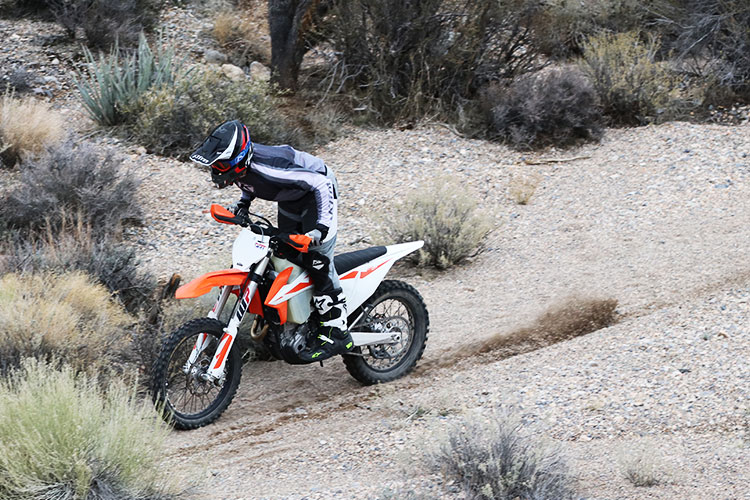 So which is the best? That again is a situation dependent question. The KTM could rule the tighter and more technical trails and races with its handling, but its engine wants to be racing at high speed and it needs room to rev up and use that power. The other 250Fs gain some weight and loose agility when they get revving in the area where the KTM shines. Honda has the motor character and the handling traits that like more open and faster conditions so it seems happiest here. The Yamaha just does not care where it is, conditions or speed. Even in high speed you just short shift a little more and the chassis loves it.
So which is the best? That again is a situation dependent question. The KTM could rule the tighter and more technical trails and races with its handling, but its engine wants to be racing at high speed and it needs room to rev up and use that power. The other 250Fs gain some weight and loose agility when they get revving in the area where the KTM shines. Honda has the motor character and the handling traits that like more open and faster conditions so it seems happiest here. The Yamaha just does not care where it is, conditions or speed. Even in high speed you just short shift a little more and the chassis loves it.
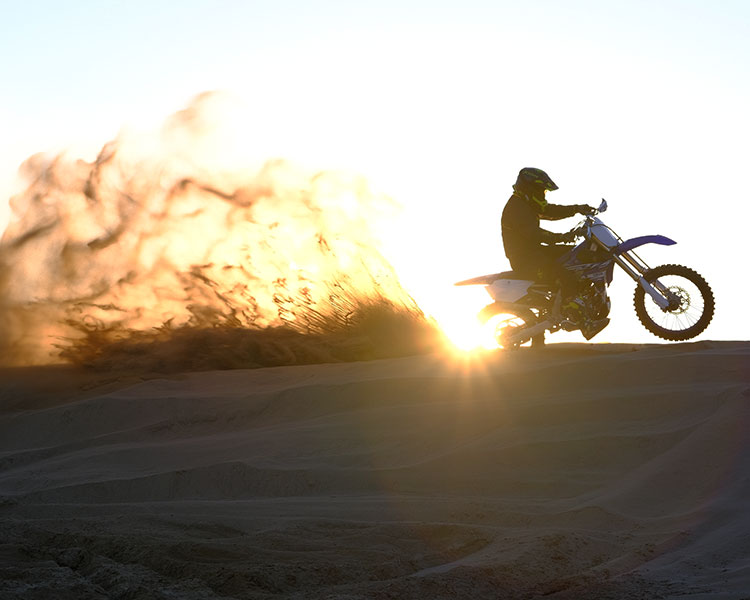 All of these bikes have a reputation for high quality and durability that is, in our opinion, equal predicated on our history with these machines. We know this from experience. Please search this website for our long-term tests of bikes to see where we get this information. When working on the bikes the KTM is a clear winner in simplicity and ease of doing the regular maintenance. Yamaha ranks second since the air filter is a tool-less affair with the Honda a close third.
All of these bikes have a reputation for high quality and durability that is, in our opinion, equal predicated on our history with these machines. We know this from experience. Please search this website for our long-term tests of bikes to see where we get this information. When working on the bikes the KTM is a clear winner in simplicity and ease of doing the regular maintenance. Yamaha ranks second since the air filter is a tool-less affair with the Honda a close third.
 Conclusion:
Conclusion:
When you look at all the performance of these bikes and how they are ready to race, you are getting a very well set up machine no matter the brand. We misspoke on our Taco Tuesday Tech Talk about these bikes calling the prices similar when in reality the KTM is about $1000 more than the Honda or Yamaha,with both bikes sitting at the $8400 price tag. Pay attention to the destination charges! That really hurts the KTM, or you can look at those pounds and scale the price to the bicycle world. Less weight is always more expensive.
If we didn’t know your requirements or your preferences we would have to recommend the Yamaha as it seemed to sit well and draw the least amounts of complaints from our testing crew. Especially amongst the more novice riders who really appreciated the power down low. KTM was prefered by advanced riders for its engine, while novices liked the light feel most of the time… Some never felt comfortable on the KTM because it felt “too light.” Faster riders all praised the Honda in faster conditions and some heavier ones even said it was a great trail bike for them in map #2, and an equal to the Yamaha.
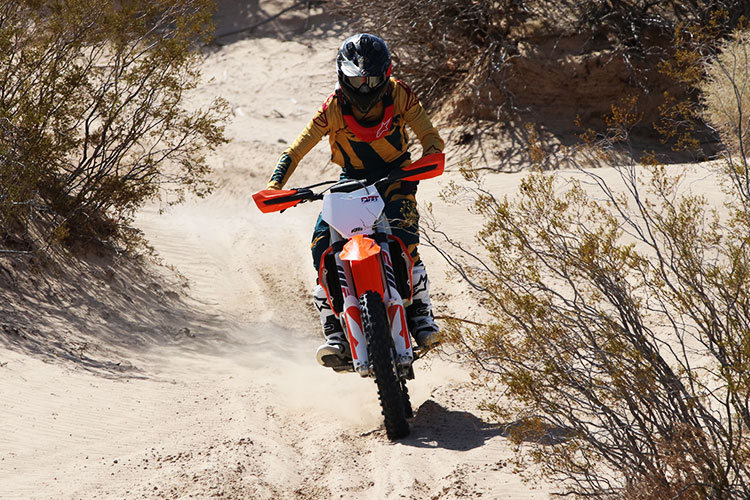 In a perfect world, some of the things we would change if we could would be:
In a perfect world, some of the things we would change if we could would be:
Honda and Yamaha need handguards. KTM needs a skid plate. Our test bikes had these for our protection. Honda needs to get an on-the-fly map switch and have an app tuner like Yamaha does for the current YZs. And the CRF will benefit from aftermarket gas tanks for a thinner profile more than anything.
The KTM really needs only that skid plate. But while we’re at it, they need an app based tuner for the ignition switching too. Every bike does. Even if KTM is so confident their stock maps that there is no room for improvement, we are pretty sure that with a custom map that would shift the power character a little lower, making this bike a much more versatile machine.
And for the Yamaha, well, we suspect the 2020 bike will have the 2019 YZ updates and we know what that means – trouble for the competition. Handguards are an easy fix. But understand that changing out the gas tank isn’t as simple as on the other bikes and finding extra capacity can be an issue. A bike diet wouldn’t hurt but no one complained about the bike’s weight when on the trail.
 So there you have it. A very complete breakdown of the 2019 250cc off-road racing and aggressive trail riding options. If you have further questions use the comments to add questions and we will answer the intelligible ones. Listen to our Tech Talk Taco Tuesday to get Jimmy Lewis’ opinion on these bikes after he has a beer and mellows out. And be sure to share this test and Dirt Bike Test in general or you will have to deal with more fluff elsewhere when we go away.
So there you have it. A very complete breakdown of the 2019 250cc off-road racing and aggressive trail riding options. If you have further questions use the comments to add questions and we will answer the intelligible ones. Listen to our Tech Talk Taco Tuesday to get Jimmy Lewis’ opinion on these bikes after he has a beer and mellows out. And be sure to share this test and Dirt Bike Test in general or you will have to deal with more fluff elsewhere when we go away.
For more information and specs of these bikes, use the links below:
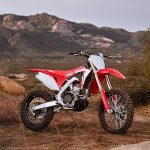
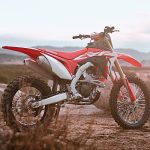

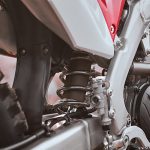
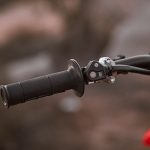
https://powersports.honda.com/2019/crf250r.aspx

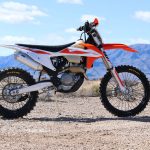

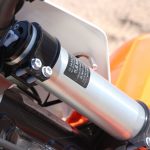

https://www.ktm.com/us/enduro/250-xc-f/
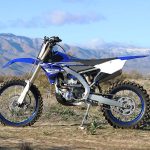

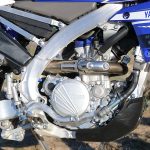
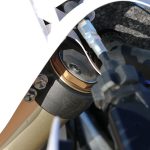

https://www.yamahamotorsports.com/cross-country/models/yz250fx
Support DBT, Shop and search for products through the link below:

